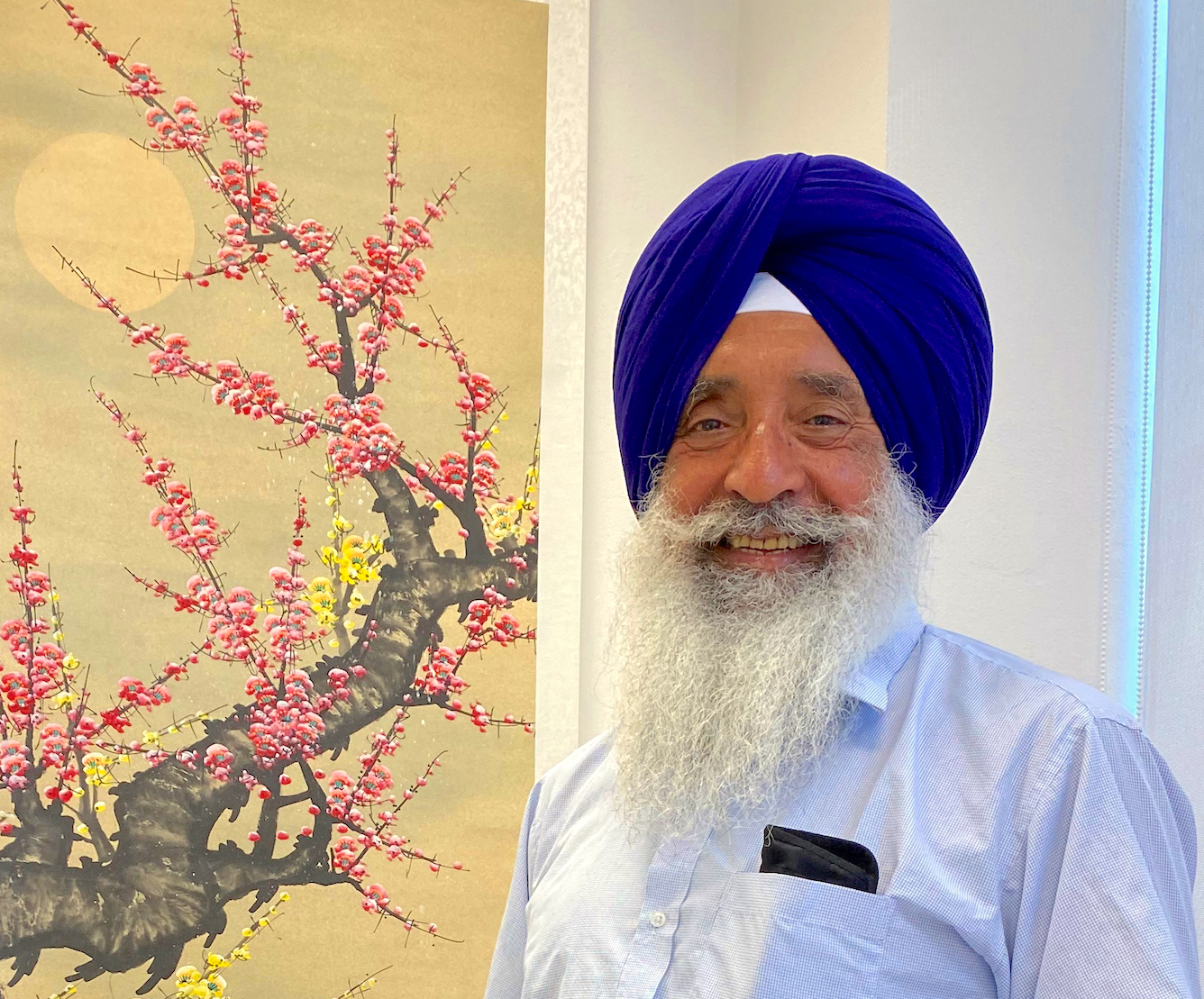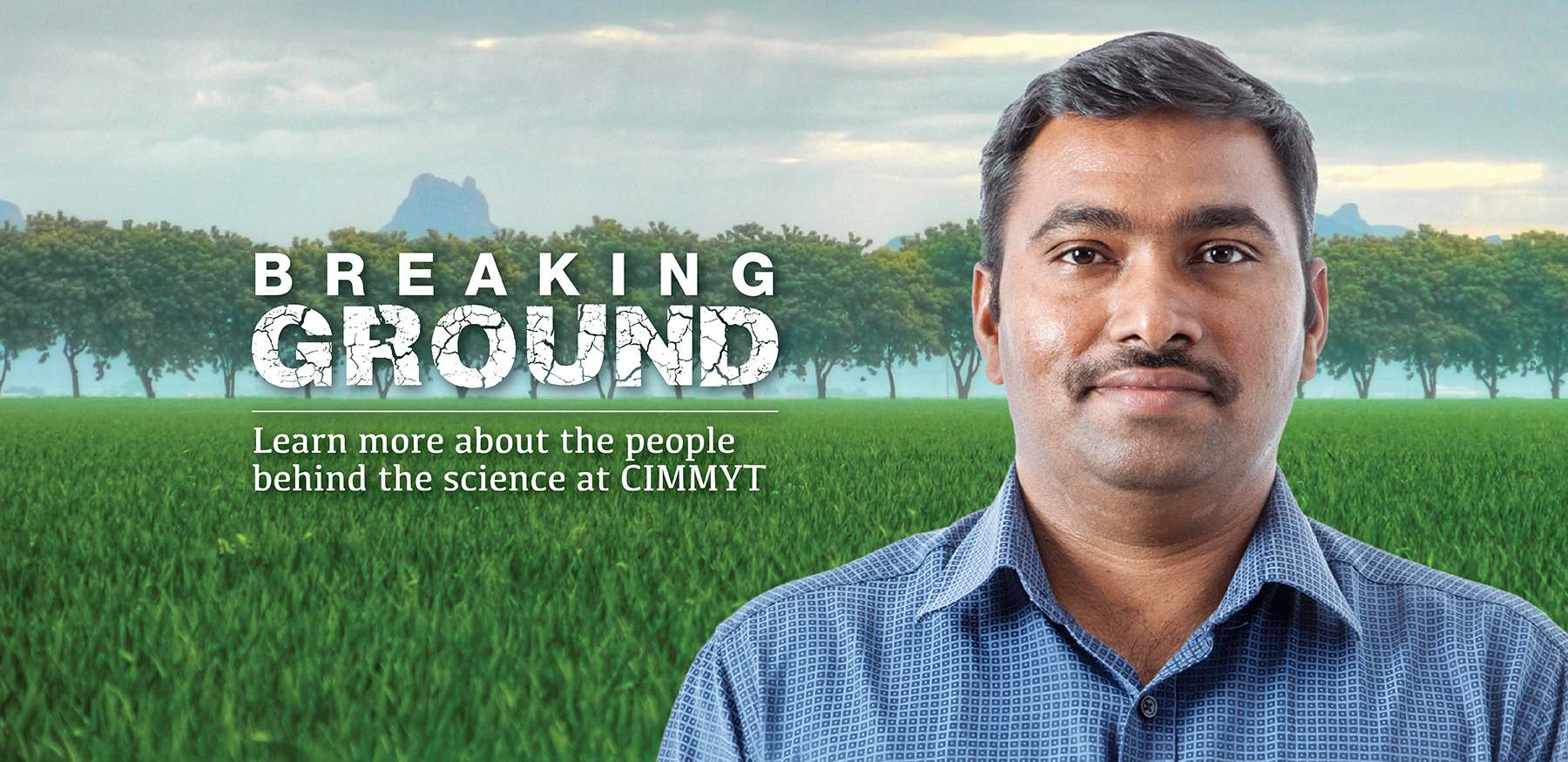Whenever seed is transferred between countries, continents or regions there is an inherent risk that new plant pathogens could spread to previously non-infested areas — with potentially devastating consequences. FAO estimates that these pathogens are responsible for the loss of up to 40% of global food crops, and for trade losses in agricultural products exceeding $220 billion each year.
With old and new pests and diseases causing devastation across the world, it is becoming increasingly important to consider plant health. This is especially true at the International Maize and Wheat Improvement Center (CIMMYT), an organization which processes and distributes enormous quantities of seed each year and in 2019 alone sent over 10,000 tons to more than 100 partners in Africa, the Americas, Asia and Europe.
Amos Alakonya joined CIMMYT in July 2019, and as head of the organization’s Seed Health Unit he is acutely aware of the need to mitigate risk throughout the seed production value chain.
In the lead up to this year’s International Phytosanitary Awareness Week, the plant pathologist sits down to discuss pests, screening procedures, and explain why everyone should be talking about seed health.
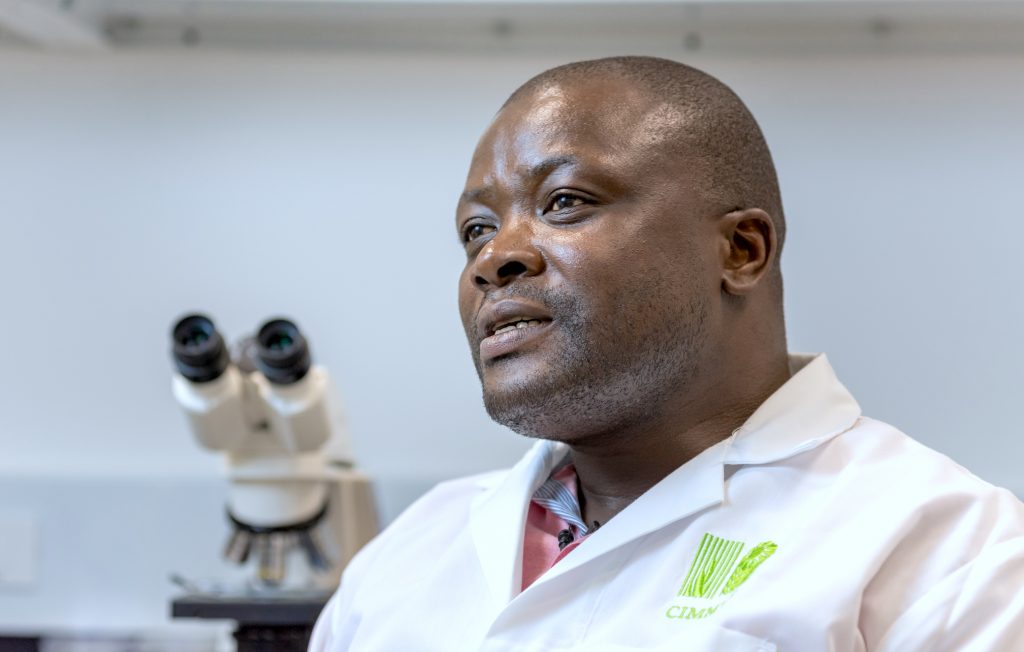
Can you start by telling us about the CGIAR Germplasm Health Unit consortium and what it does?
Within CGIAR we have a cluster called Genebank Platform whose main function is to support CGIAR efforts in conservation and distribution of germplasm. Ten CGIAR Centers have germplasm banks that work closely with germplasm health units to ensure that they only distribute plant materials free from pests and diseases.
What is the procedure for introducing seed at CIMMYT?
At CIMMYT, researchers must follow the correct procedure when bringing in seed. Once someone has identified the need to bring in seed, contacted a supplier and agreed on the genotypes and amount required, the responsibility is transferred to the Seed Health Unit. We take care of communication with the seed supplier and provide support in acquisition of the necessary phytosanitary documentation that will ensure compliance with host country rules.
For instance, we will process and provide a plant import permit allowing us to bring in the seed while also stipulating the conditions it must meet before entry into Mexico. This document is used as the standard guide by the authorities in the supplier country, commonly referred to us National Plant Protection Organization (NPPO). The NPPO will then perform a pre-shipment verification and issue a phytosanitary certificate if the seed meets the standards stated in the import permit.
Because we distribute our materials as public goods, we ensure that all seed sent out or received can be used and distributed without restrictions from the supplier or the recipient. This is achieved by the signing of a standard material transfer agreement that complies with International treaty on Plant Genetic Resources for Food and Agriculture. This is done through CIMMYT’s legal unit.
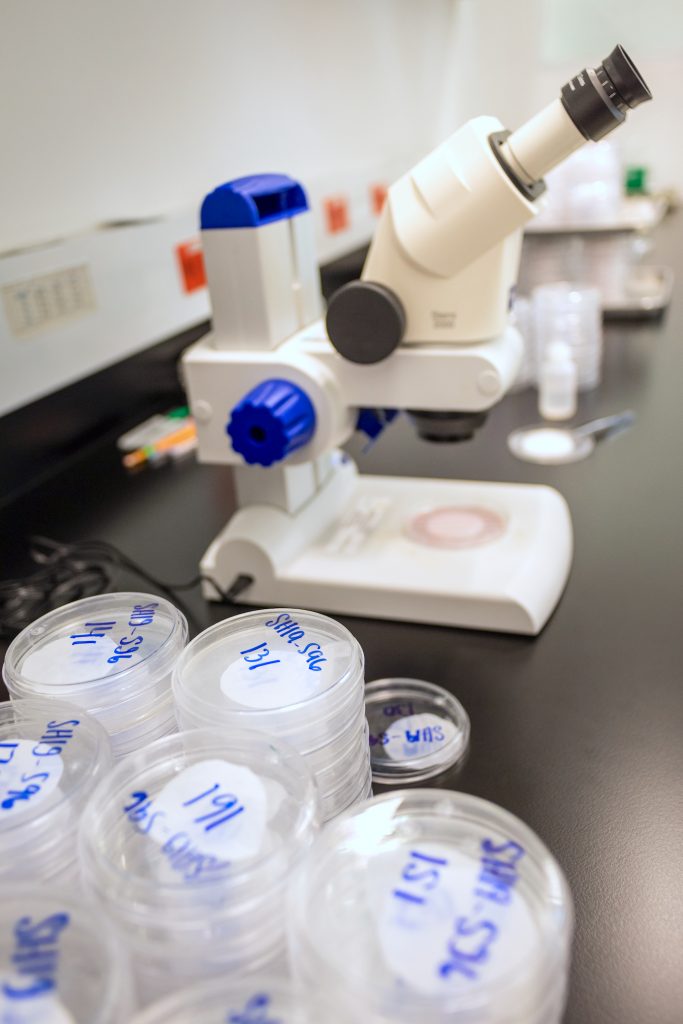
Once we have received all the necessary documents, materials are cleared through customs and delivered to the lab, where we begin our analysis. The first thing we do is assess the material visually and confirm there is no discoloration and no foreign material like soil or seeds from other species. At the next stage, we set up several assays to detect fungi, bacteria and viruses. We only release seed to scientists or allow distribution after we’ve confirmed they are free from injurious pathogens. Overall, this process takes between 25 and 40 days, so scientists must plan ahead to avoid any inconvenience.
That sounds like a complex process. Do you face any challenges along the way?
There are several challenges but we work around them. One of the biggest ones is meeting up with time expectations. For example, every scientist wants to make sure that they’re on track, but sometimes the seed takes longer than expected to arrive or the documentation gets misplaced which means the seed cannot be released from customs in time.
Even after a delay, the seed has to still pass through the standard health testing procedure. Sometimes we find that the supplier’s NPPO hasn’t carried out the right tests, so we bring in seed that turns out to be non-compliant and may end up being destroyed as a result. However, we only recommend seed destruction in cases where we can’t mitigate.
That’s why it’s crucial that everyone — at all stages of the seed production value chain — is aware of the risks and appropriate mitigation processes. These include checking seed before planting, regular field inspections, and observing field hygiene and spraying regimes.
The theme for this year’s event focuses on transboundary threats to plant health. Are there any emerging ones that you’re concerned about?
Currently there are three main concerns. The first is Maize Lethal Necrosis. The disease was initially reported in the USA and Peru in 1977, but since 2011 the disease has been invading farms in east and central Africa. Because of this, maize breeders in the region cannot send seed directly to their partners in other regions of the world without going through a quarantine field station in Zimbabwe. This comes with additional costs and time burden to the program.
We’re also very concerned about wheat blast, which is now present in Bangladesh where we have trials and share seed in both directions. We have therefore already put in place screening tools against wheat blast to ensure we do not introduce it into experimental fields in Mexico.
And finally, we have the fall armyworm. This pest is indigenous to South America where it is less ferocious, but ever since it reached Africa around 2016 it has been causing destruction to maize and costing farmers lots of money to control through application of chemicals. This emerging disease really undermines food security efforts.
This is obviously an important topic to raise global awareness about. Why do you think it is so crucial to discuss seed health within CIMMYT internally as well?
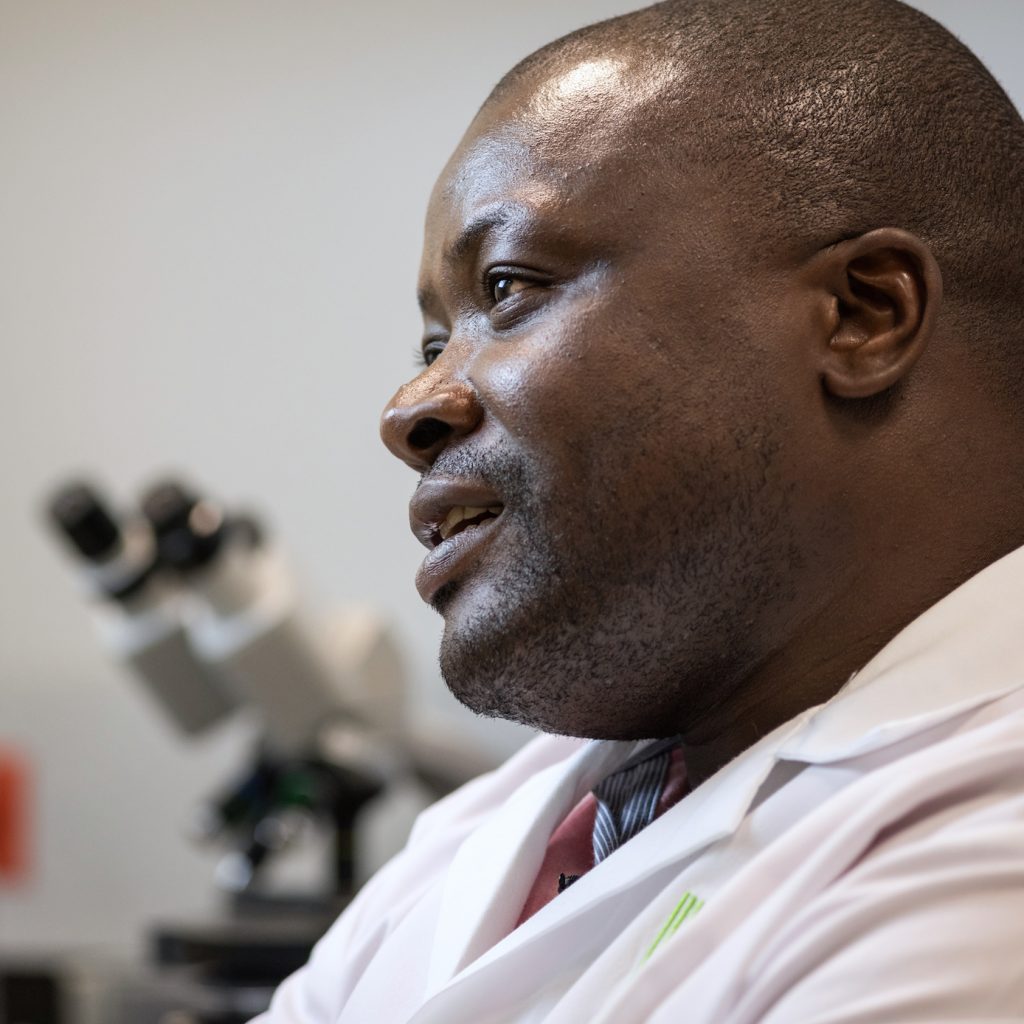
It’s very important that everyone working at CIMMYT, and especially those working with seed, is aware of the potential risks because about 30% of maize and 50% of wheat grown worldwide can be traced to CIMMYT germplasm. And it’s even more important for Mexico because most of our wheat breeding program is based here and it is also the center of origin for maize. With partners in more than 100 countries we have to be extremely vigilant. If anything goes wrong here, many countries will be at risk.
Ultimately, we want people to be aware of the important role they play in ensuring phytosanitary compliance because prevention is better than cure. We would like to envisage a situation where everybody in CIMMYT is aware of the mitigation processes that have been put in place to ensure safe seed exchanges.
Will you continue working to raise awareness beyond this year’s event?
Yes. In December 2018, the United Nations declared 2020 the International Year of Plant Health. Everybody will be encouraged to take this opportunity to inform people about the importance of seed health, especially as it relates to food security, environmental conservation and economic empowerment.
It’s exciting because this event only happens every 30 to 50 years, so this is really a once in a lifetime opportunity to showcase the work we do every day, both as a unit and in collaboration with our global partners.
Cover photo:
A mixture of maize seeds seen in close-up. (Photo: Xochiquetzal Fonseca/CIMMYT)
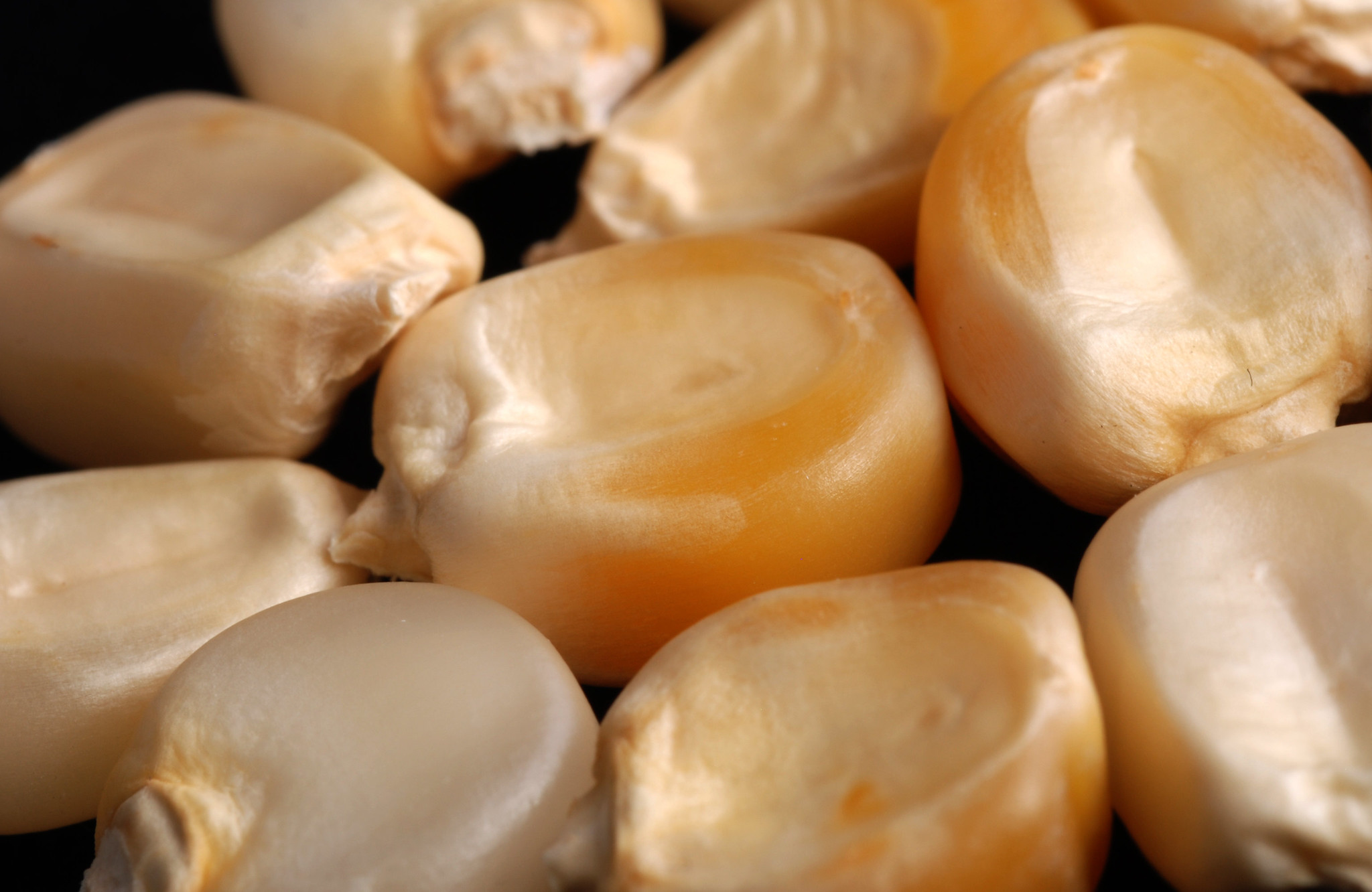
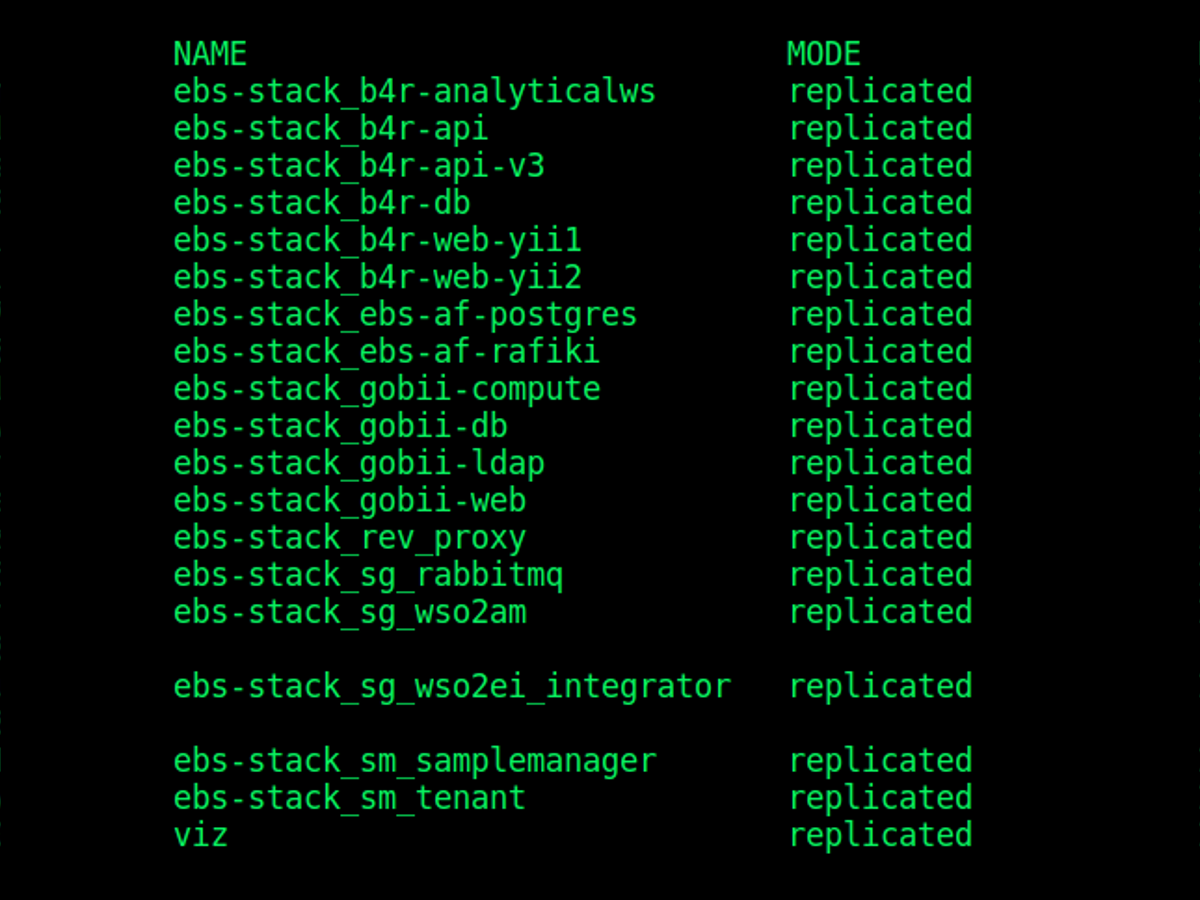
 Innovations
Innovations 